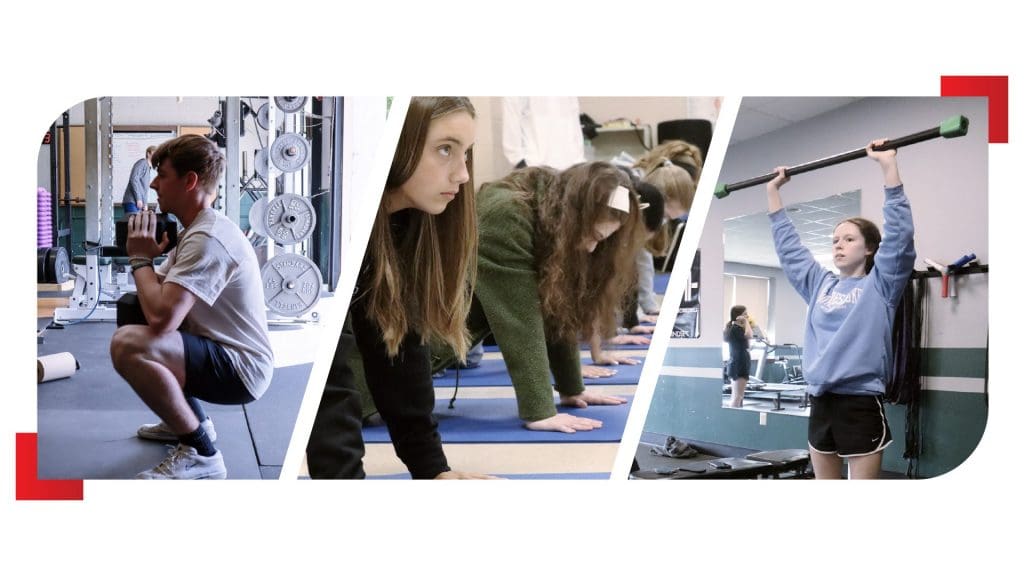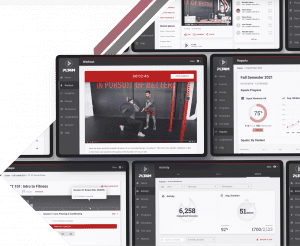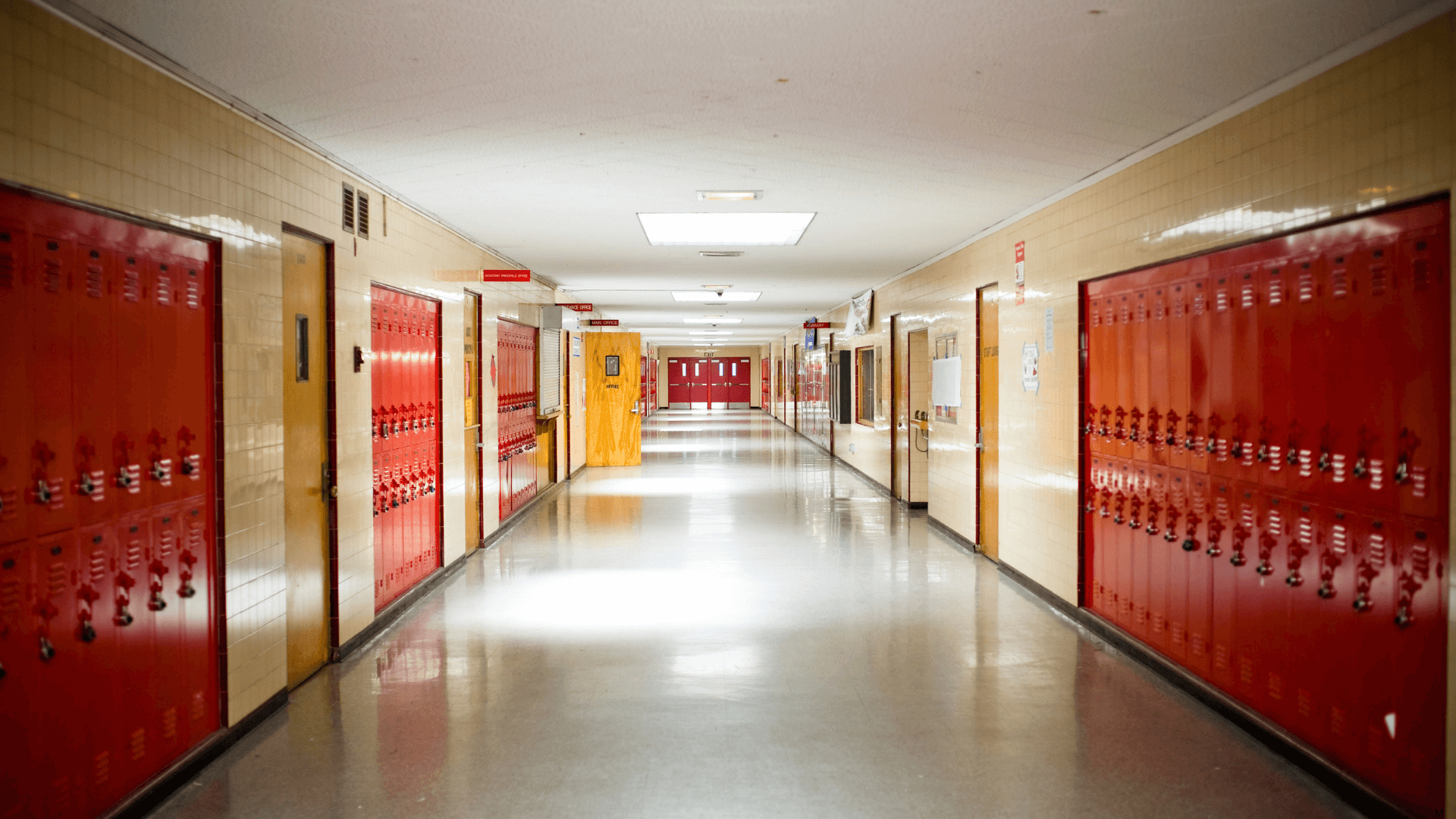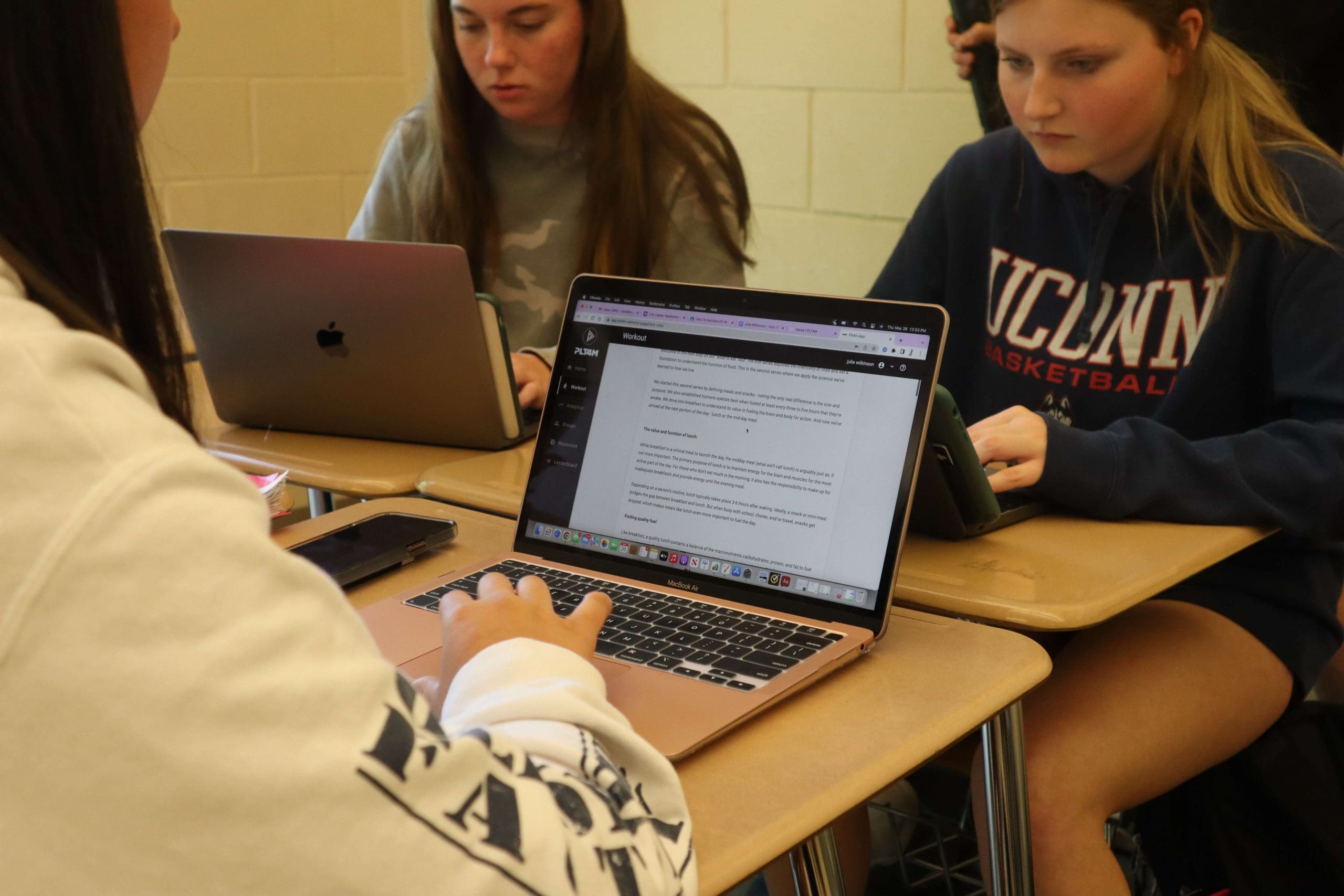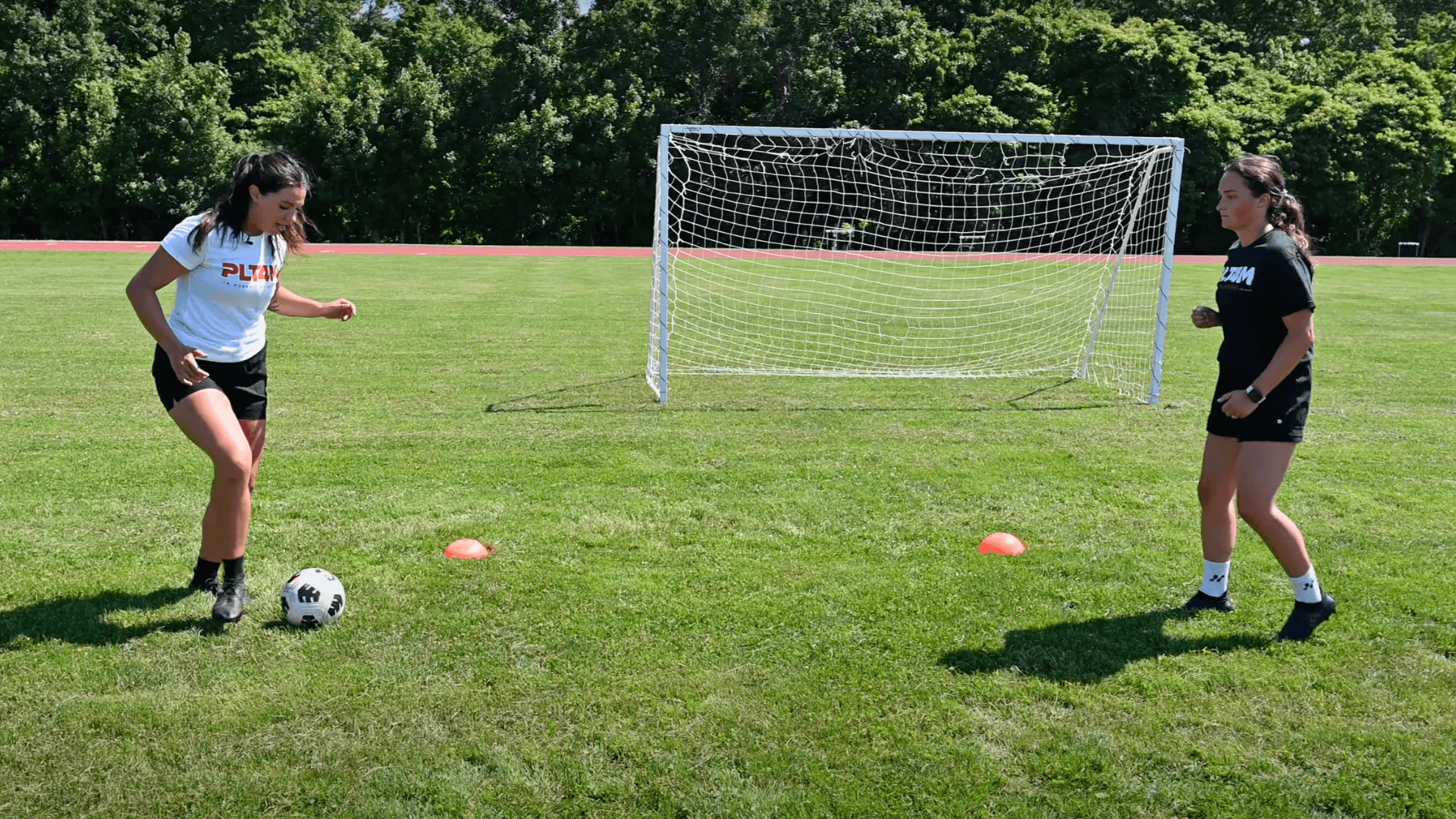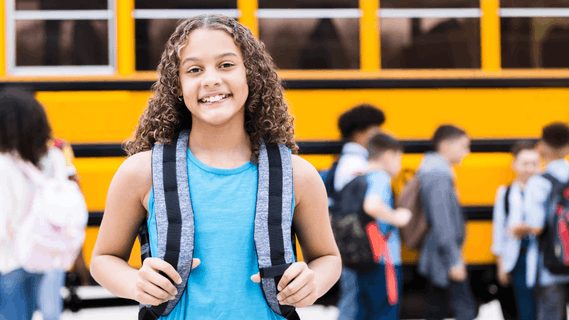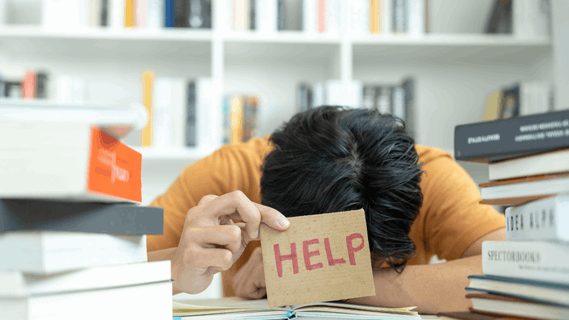Differentiated learning strategies are becoming increasingly important in physical education. Differentiated learning strategies are those which allow for individualized instruction and learning that is tailored to the specific needs of each student. By using differentiated learning strategies, physical education teachers can create an environment more conducive to learning, allowing each student to reach their full potential. This article will discuss some of the different strategies teachers can utilize to differentiate instruction in physical education.
History of Differentiated Learning Strategies
Differentiated instruction in schools isn’t a new concept. In fact, the differentiated classroom started as early as the 1600s in America when one teacher was in charge of all the local students of varying ages and ability levels. Teachers had to provide differentiated instruction strategies because they had 5-year-olds and 15-year-olds all in the same one-room schoolhouse.
But as the modern education system evolved, and we started grouping students by grade level, we assumed that every student was basically at the same learning level and ability. In essence, we moved away from addressing individual student needs and assumed that every student should learn the same things at the same pace because of their grade level.
And while different forms of differentiated instruction existed throughout history, Carol Ann Tomlinson pioneered modern differentiated learning strategies. Through years in the classroom and as a professor, Carol Ann Tomlinson helped to define the four elements of differentiated instruction:
Content – what the student needs to learn or how the student will get access to the information;
Process – activities in which the student engages in order to make sense of or master the content;
Products – culminating projects that ask the student to rehearse, apply, and extend what he or she has learned in a unit; and
Learning environment – the way the classroom works and feels.
(Check out more on these four concepts from Carol Tomlinson here)

Benefits of Differentiated Learning Strategies
The benefits of differentiated learning strategies lie within it’s definition,
“Differentiated instruction is a teaching approach that tailors instruction to all students’ learning needs. All the students have the same learning goal. But the instruction varies based on students’ interests, preferences, strengths, and struggles.”
As Mark Cescon outlines, there are many benefits to differentiated instruction:
Allows students to learn in their own ways, at their own pace
Increases student engagement
Grants more flexibility and creativity for teachers
The benefits of differentiated learning strategies can be achieved within any classroom, including physical education. So let’s take a closer look!
The Need For Differentiated Learning in Physical Education
While differentiated learning strategies provide unique opportunities for every subject, a differentiated classroom for physical education can provide many benefits and advantages.
First, it is essential to highlight the importance of having a common goal within differentiated instruction strategies. For example, physical education aims to instill lifelong fitness skills in individual students. But fitness can look and feel very different depending on the student.
Next, physical education classes often have varying grade levels all in one class. For example, at the high school level, physical education is usually an elective that has 9th graders through 12th graders with very different levels of experience, all in the same class. This means regardless of the topic or unit, lesson plans need to address the varying levels of students.
Finally, let’s talk about the most common objection or critique of physical education. Many students do not want to participate in fitness and physical activity during the school day, especially when it feels forced or mandated. As a result, teachers need to enable student choice and autonomy so that different students can find a fitness option that they enjoy and like leading to higher participation and engagement.
Now that we have identified the needs let’s explore what it looks like in physical education using the 4 pillars from Carol Ann Tomlinson. Remember, these examples below are rooted in serving the common goal of building lifelong fitness skills for students.
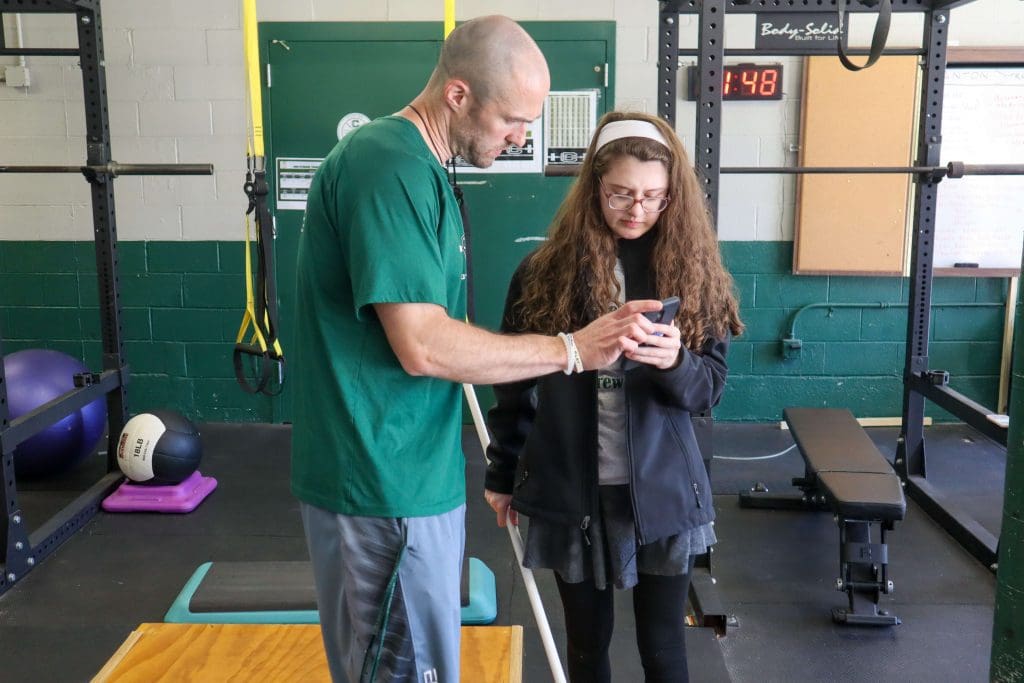
Content
Content is the media and methods teachers use to instruct skills, ideas, and information.
Physical education teachers have often relied on demonstrating new concepts by themselves or sometimes using individual students as example demonstrators.
But with the increased use of technology in physical education, teachers can utilize various resources and teaching strategies to instruct.
For example, within PLT4M PE lesson plans, our instructors work to use a wide array of teaching methods. Each lesson component has an instructional video that gives visual and auditory cues. But because not all students are visual learners or auditory learners, we also provide written instruction that breaks down different concepts.
Below is an example of these components from one of our Intro to Fitness PE lesson plans. As an added layer of differentiated learning strategies, we also provide extra support for how to scale and modify the movement to address the different levels that students can try the skill of a push-up.
Coaching Point: Don’t sacrifice form for ego. Focus on maintaining ALL points of performance using whatever scale is needed for perfect reps.
Point 1: Hand Placement
Begin by placing your hands, palms down and fingers forward, flat on the ground just outside of the shoulders.
Point 2: Elbow Path
Shoulders should remain externally rotated, aka the upper arms should create and “Arrow”, not a “T” when looked at from above. No elbows flaring out the side!
Point 3: Stable Midline
Core should remain engaged through the lift – like our plank, maintaining a neutral spine. Hips should not sag, or move independent of the torso – think the worm style push up.
Hips should never hit the ground and should move in time with the shoulders.
Point 4: Full ROM
The chest must hit the ground/surface at the bottom of every rep, without the thighs doing so.
At the top, elbows should be locked out the full extension, without hips sagging.
The Push Up: Movement Scaling
Real, full range of motion push ups are HARD. We will not start immediately with the full version. Instead we will learn how to scale the press appropriately.
To do so, we will introduce elevated push ups to modify the difficulty as much or as little as needed for awesome reps.
Process
Process addresses the activities in which the student engages in order to make sense of or master the content. Here is where physical education can tap into differentiated learning strategies via student choice.
To make sense of and master the skill of lifelong fitness, physical education teachers can offer a wide array of different lesson plans for students. But student choice doesn’t mean just letting students do whatever they want. Instead, student choice in physical education can allow students to pick from different fitness modalities that will still achieve the common goal of health and well-being.
For example, PLT4M provides various options like dance, yoga, boxing, pilates, boot camp, strength training, and more. In many physical education classrooms, teachers allow students to pick and choose what workout they want to do during a given class period.
Products
Products are culminating projects that ask students to rehearse, apply, and extend what they have learned in a unit.
For physical education, differentiated learning strategies can include:
Students create their own workout plans to demonstrate knowledge and understanding.
In small groups, students plan a workout or lesson to teach to the rest of the class.
Students can use assessment and data to highlight progress and growth within fitness as a final project.
Environment
Environment is the way the classroom works and feels.
For physical education, differentiated learning strategies can create a safe space for every student to explore fitness. Physical education can be intimidating for students, especially when working out amongst peers.
Historically, the physical education environment has felt like a place where athletic students succeed and not-so-athletic students suffer and struggle. But physical education teachers can create an environment that focuses on individual growth and progress so that every student feels confident and comfortable regardless of where they are.
For example, with PLT4M, any weighted exercise or movement is personalized to the student’s individual needs. This proves to be an effective way for every student workout and use weights but still address the varying levels within one classroom.
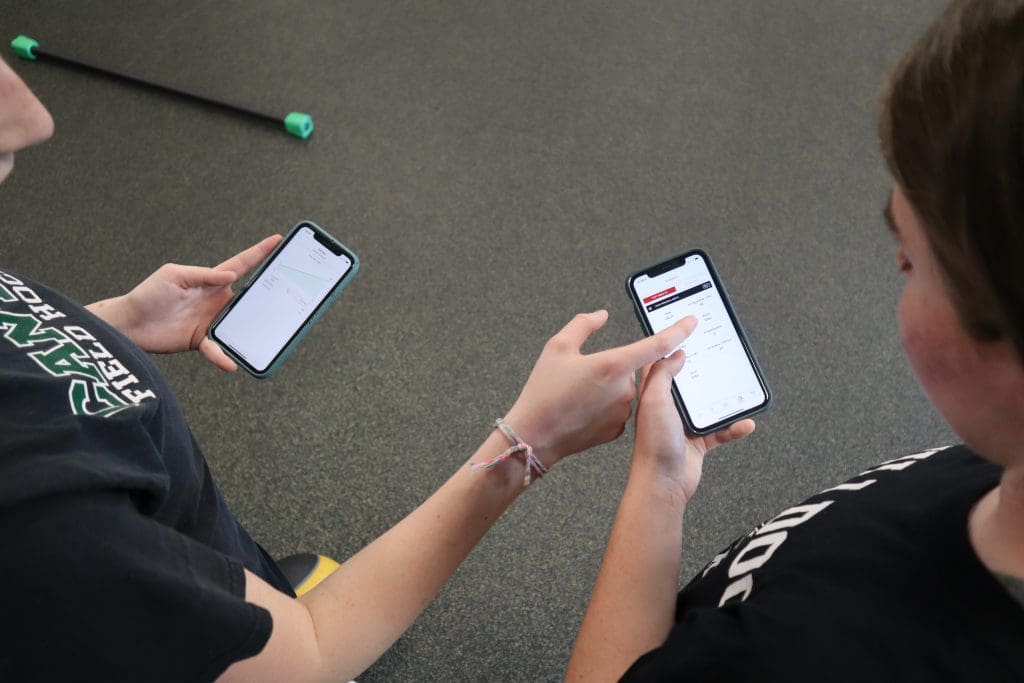
Differentiated Learning Strategies In Physical Education in Action
There are countless examples of differentiated learning strategies in physical education. Schools across the country are finding unique ways to provide differentiating instruction so that every student succeeds.
For example, at Old Rochester High School in Massachusetts, the school has implemented PLT4M to help with differentiated instruction. Allison Lima, a PE teacher at the school, explains what that looks like,
“The PLT4M videos are an invaluable resource for students. And because they focus on form and technique, students build confidence that will help them know they can eventually go workout independently.”
The videos also prove to be a valuable resource for the paraprofessionals in the class working with the adaptive PE students. Allison says that PLT4M has helped to make lifetime fitness possible for every student,
“We can modify and adjust workouts so every student can explore lifetime fitness. For example, the other day, we modified a deadlift to a different exercise for our adaptive students, and they still got to have a great workout and built new fitness skills.”
Key Takeaways on Differentiated Learning in Physical Education
Differentiation in physical education can be achieved in a variety of ways. As a result, we can improve student learning and continue to support our overarching goal of instilling lifelong fitness.
Differentiated learning strategies are also beneficial in physical education because they help to create a positive learning environment. By providing students with different activities that meet their individual needs and interests, teachers can foster a sense of ownership and pride in their learning.
Additionally, differentiated learning strategies can help to reduce any feelings of frustration or boredom that may arise from students feeling like they are not being challenged or engaged. By utilizing differentiated learning strategies, physical education teachers can ensure that all students are able to participate and learn in an environment that best suits their needs.
Don’t go at it alone when it comes to finding suitable differentiation strategies. At PLT4M, we provide a wide array of resources like content and technology for in-classroom, but also for professional development and planning purposes.
Ready to Learn More?
Schedule a free 10 minute consultation to see how PLT4M can help save you time and empower student learning!
FAQ
What Role Does Technology Play in Differentiated Instruction Strategies?
Technology in physical education makes new ways of incorporating differentiated learning strategies possible. From grouping students to using visual aids, technology can be used in different ways to enhance student learning. In addition, it can also make differentiation far more manageable for teachers.
Does PLT4M offer professional development for differentiated learning?
Yes, PLT4M has a wide array of professional development opportunities. Within our slate of professional development courses, teachers can find best practices and new teaching methods to help apply differentiated teaching strategies in the physical education classroom.
